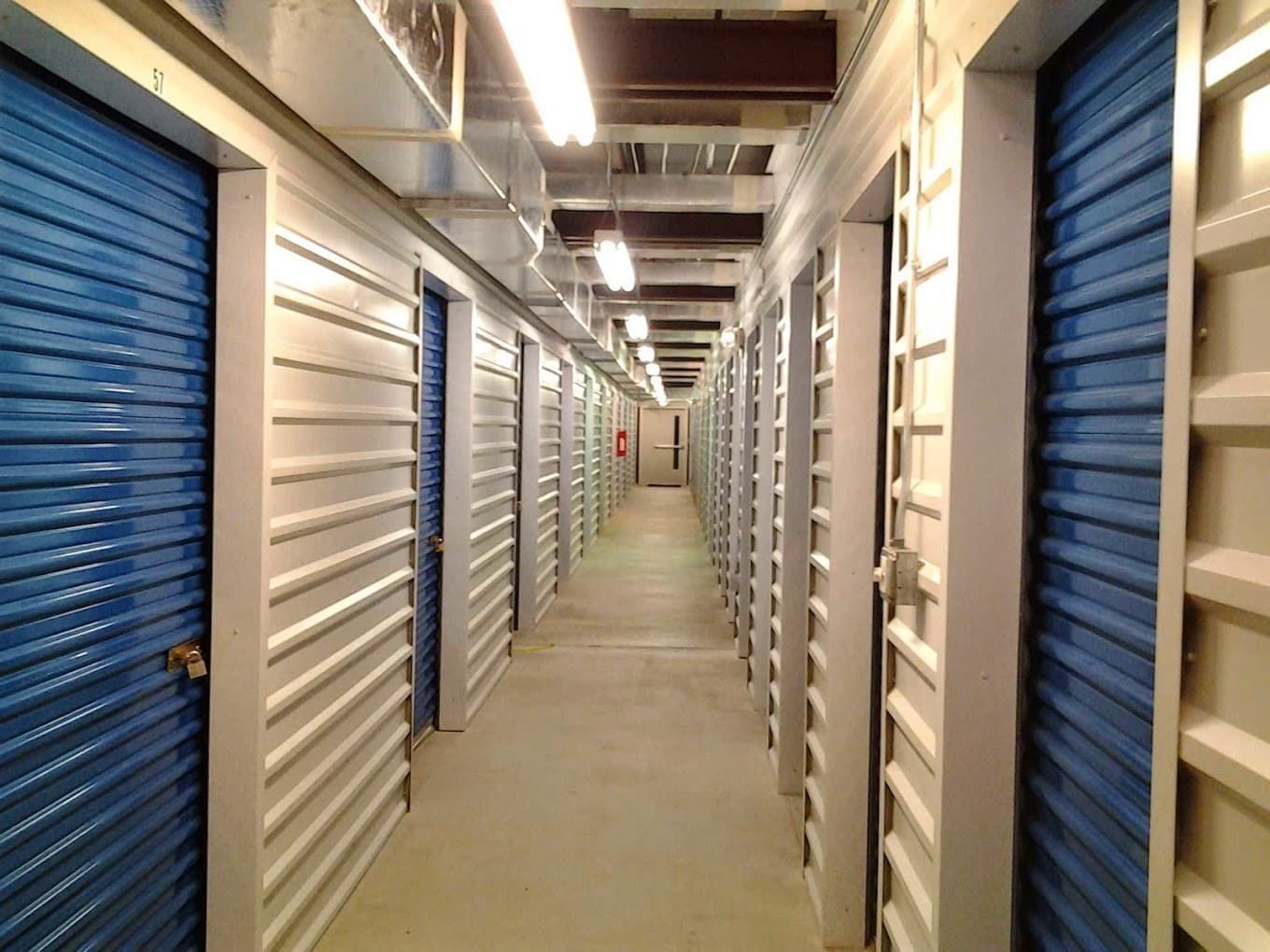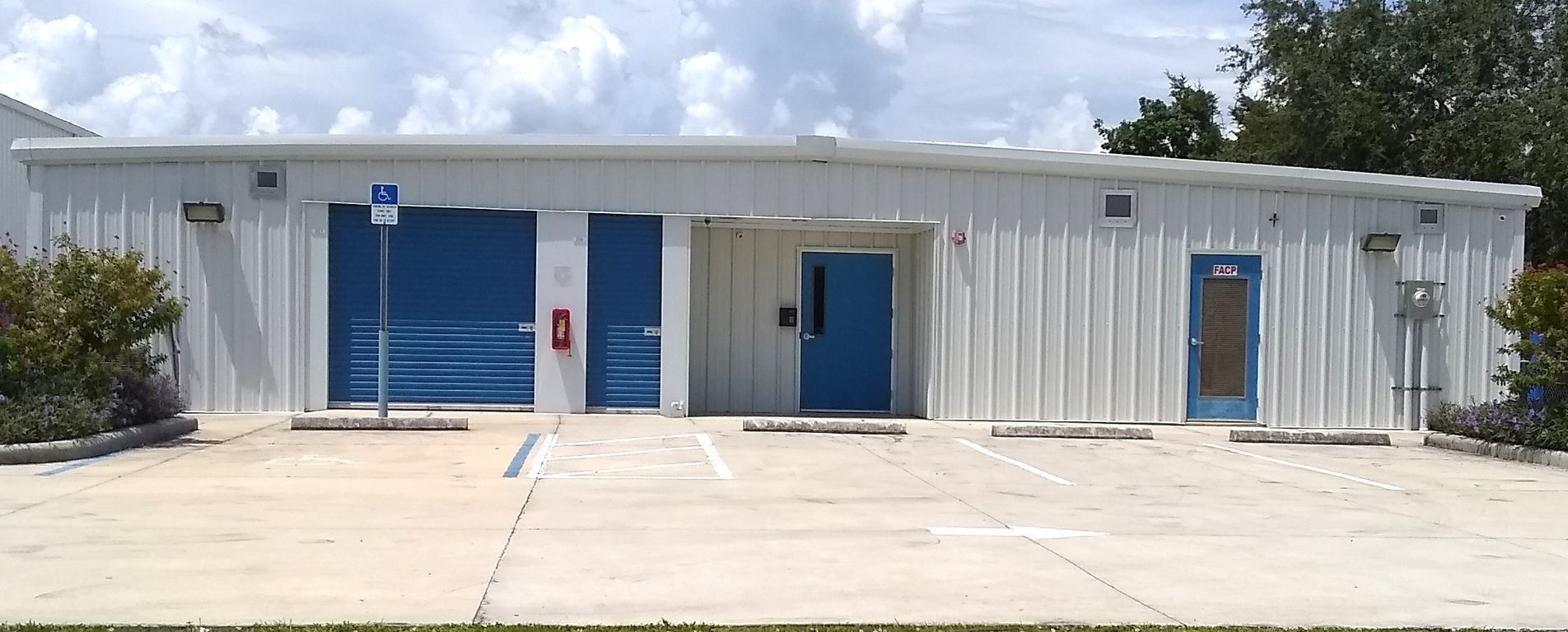Charlotte County Self Storage

Slide title
Charlotte County Self Storage
941-625-4220
Button
Slide title
Charlotte County Self Storage
941-625-4220
Button
Slide title
Charlotte County Self Storage
941-625-4220
Button
Storage Units For Realtors
Find out how Realtors make use of storage units to stay organized

The Importance of Staging in Real Estate
In the competitive world of real estate, first impressions are everything. The moment potential buyers step into a property, their initial feelings can make or break a sale. This is where the art of staging comes into play. Staging is the process of decorating and arranging a home to highlight its best features, create a welcoming atmosphere, and help buyers envision themselves living in the space. It’s not just about making a home look good; it’s about making a home feel good.
The Impact of Staging on Real Estate Sales
Staging has been proven to significantly influence how quickly a property sells and at what price. Buyers often decide within minutes whether they are interested in a property. A beautifully staged home can capture their interest right away, helping them see the potential and value of the space. Staging can also downplay any flaws or less desirable features, allowing buyers to focus on the positives.
Challenges of Storing Staging Furniture
Staging a property to enhance its appeal and maximize its sale potential involves a significant amount of furniture, décor, and accessories. While staging can dramatically improve a property's marketability, managing the logistics of storing these items presents its own set of challenges. Real estate professionals often face issues related to space, organization, and cost, all of which can complicate the staging process.
The Logistical Challenges of Managing Staging Furniture
One of the primary challenges in staging is managing a large inventory of furniture and décor items. Staging multiple properties simultaneously or back-to-back requires careful planning and coordination. Without a dedicated storage solution, these items can quickly become a logistical nightmare.
Imagine trying to store sofas, dining sets, artwork, and other large pieces in a small office or a crowded garage. The lack of adequate storage space can lead to damage, loss, or the inability to find specific items when needed. Additionally, constantly moving furniture in and out of these makeshift storage areas can be time-consuming and physically demanding.
Issues Related to Space, Organization, and Accessibility
Even if space is available, keeping it organized is another significant challenge. In an unorganized storage space, it’s easy for items to get misplaced or damaged. For example, delicate items like mirrors and artwork can be scratched or broken if not properly stored. Without proper labeling and categorization, finding the right pieces for a specific staging job can become a tedious and frustrating task.
Accessibility is another critical factor. Staging often needs to be done quickly to get a property market-ready, and the ability to easily access stored items is crucial. Inadequate storage solutions can result in delays, which can affect the overall timeline of selling a property.
The Cost Implications of Not Having a Dedicated Storage Solution
Financially, the lack of a dedicated storage solution can be costly. Real estate professionals might find themselves frequently renting moving trucks or paying for temporary storage units at high rates. Additionally, the potential for damage or loss of staging items can lead to repeated purchases, further increasing expenses.
Furthermore, inefficient storage practices can lead to increased labor costs. Time spent searching for or repairing items is time that could be better spent on marketing, client meetings, or other essential activities. Over time, these inefficiencies can add up, eating into the profits from successful property sales.
The Need for a Better Solution
Given these challenges, it’s clear that a better storage solution is necessary for real estate professionals involved in staging. Investing in a dedicated storage unit specifically for staging furniture and décor can address many of these issues, providing a practical, cost-effective way to manage inventory and streamline the staging process.
Benefits of Using Storage Units for Staging
Using storage units to manage staging furniture and décor offers several advantages that can streamline the staging process and enhance efficiency. For real estate professionals, the flexibility, cost-effectiveness, and organizational benefits of storage units make them an invaluable resource.
Flexibility and Convenience
One of the primary benefits of using storage units is the flexibility and convenience they provide. With a dedicated storage unit, real estate professionals can easily access their inventory of staging items whenever needed. This means that whether you’re staging multiple properties simultaneously or rotating items between properties, everything you need is readily available.
Storage units come in various sizes, allowing you to choose the perfect fit for your needs. Whether you need to store large furniture pieces or smaller decorative items, there’s a storage unit that can accommodate your requirements. This flexibility ensures that you have the right staging items on hand without overcrowding your office or home.
Cost-Effectiveness
Investing in a storage unit is a cost-effective solution compared to other alternatives. Renting additional office space or using temporary storage solutions can be expensive and impractical in the long term. Storage units typically offer more affordable rates and flexible rental terms, allowing you to scale up or down based on your needs.
Additionally, using a storage unit helps protect your staging inventory from damage, reducing the need for costly replacements. Proper storage conditions, such as climate control, can preserve the quality and longevity of furniture and décor items, ensuring they remain in excellent condition for staging.
Organization and Efficiency
A dedicated storage unit provides an organized space to store staging items, making it easier to manage and access your inventory. With a systematic approach to storage, such as categorizing items by type or room, you can quickly locate what you need for each staging project. Labeling and shelving systems further enhance organization, saving time and reducing stress.
Efficient storage practices also streamline the staging process. Instead of spending valuable time searching for items or dealing with clutter, you can focus on creating stunning, well-staged properties. This increased efficiency can lead to faster property turnovers and ultimately, more sales.
Some realtors opt for renting multiple units as a way of organizing different sets of staging furniture for different styles of property.
Additional Benefits
Beyond the core benefits, storage units offer added advantages such as enhanced security and climate control. Most storage facilities have robust security measures, including surveillance cameras, gated access, and individual unit alarms, providing peace of mind that your valuable staging items are safe.
Climate-controlled storage units are particularly beneficial for preserving delicate items like artwork, upholstery, and wooden furniture. These units maintain a stable temperature and humidity level, preventing damage from extreme weather conditions.
By leveraging the benefits of storage units, real estate professionals can overcome the logistical challenges of staging and enhance their ability to present properties in the best possible light. In the next section, we’ll discuss how to choose the right storage unit for your staging needs and provide tips for optimal storage practices.
Choosing the Right Storage Unit
Selecting the right storage unit for your staging furniture and décor is crucial to ensure that your items are safe, accessible, and well-organized. Several factors need to be considered when choosing a storage unit, including size, location, accessibility, and security. Here are some tips to help you make the best decision for your real estate staging needs.
Factors to Consider
1. Size
- Assess the amount and size of the items you need to store. Storage units come in various dimensions, so it’s important to choose one that provides enough space without being too large, which could be an unnecessary expense.
- Consider a unit that allows for some extra space. This can be useful for organizing items and accommodating future additions to your inventory.
2. Location
- The storage unit should be conveniently located near your properties or your office to minimize travel time and costs.
- Proximity to major roads and highways can make accessing your storage unit easier, especially when transporting large furniture pieces.
3. Accessibility
- Choose a storage facility that offers flexible access hours. Some facilities provide 24/7 access, which can be extremely helpful when you need to stage a property outside of regular business hours.
- Ensure the facility has easy loading and unloading zones to make the moving process smoother. Ground-level units or facilities with elevators and carts can be particularly advantageous.
4. Security
- Security is paramount when storing valuable staging items. Look for facilities with robust security measures such as surveillance cameras, gated access, individual unit alarms, and on-site management.
- Ask about the facility’s policies on security and any additional measures you can take, such as using a high-quality lock on your unit.
5. Climate Control
- Climate-controlled units are essential for preserving the condition of sensitive items like wooden furniture, artwork, and fabrics. These units maintain a consistent temperature and humidity level, protecting your items from extreme weather conditions.
- Even if you’re storing less sensitive items, a climate-controlled unit can provide peace of mind that your inventory is safe from potential damage.
Tips on Selecting a Storage Unit Provider
1. Research and Reviews
- Conduct thorough research on storage unit providers in your area. Read online reviews and ask for recommendations from colleagues in the real estate industry.
- Visit the facilities in person to get a sense of their cleanliness, organization, and overall condition.
2. Customer Service
- Good customer service is a key indicator of a reliable storage provider. Look for facilities with helpful and responsive staff who can assist with any questions or concerns.
- Inquire about the provider’s policies on renting and terminating contracts, as well as any additional services they offer, such as insurance options.
3. Pricing and Terms
- Compare prices from different providers to ensure you’re getting a fair deal. Be aware of any additional fees that might apply, such as administrative or late payment fees. Charlotte County Self Storage is proud to offer units with no hidden fees.
- Look for flexible rental terms that allow you to adjust your storage needs as your inventory grows or shrinks. Month-to-month leases can provide the flexibility you need in a dynamic real estate market.
The Importance of Climate Control
As mentioned, climate control is particularly important for protecting your staging inventory. Extreme temperatures and humidity can cause wood to warp, fabrics to mildew, and electronics to malfunction. A climate-controlled unit provides a stable environment that helps maintain the quality and longevity of your items.
When evaluating storage unit options, prioritize facilities that offer climate control, especially if you’re storing high-value or delicate items. The additional cost of a climate-controlled unit is often outweighed by the savings from avoiding damage and replacement costs.
By carefully considering these factors and selecting the right storage unit provider, you can ensure that your staging inventory is well-protected and easily accessible. In the next section, we’ll discuss best practices for storing staging furniture, including tips on inventory management, packing, and maintenance.
Best Practices for Storing Staging Furniture
Once you've chosen the right storage unit for your staging furniture and décor, it's essential to follow best practices to keep your items organized, protected, and easily accessible. Effective inventory management, optimal packing and storage techniques, and regular maintenance are key to ensuring your staging inventory remains in top condition and ready for use.
Inventory Management
1. Keep an Inventory List
- Create a detailed inventory list of all the items stored in your unit. Include descriptions, quantities, and conditions of each item. This list will help you keep track of your belongings and ensure nothing gets lost or forgotten.
- Consider using inventory management software or apps that allow you to update and access your inventory list easily.
2. Label and Categorize Items
- Label each item or box clearly with its contents. Use a consistent labeling system that includes categories such as furniture, artwork, lighting, and accessories.
- Group similar items together within the storage unit. For example, keep all dining room furniture in one section and living room décor in another. This organization will make it easier to find and retrieve specific items when needed.
Optimal Packing and Storage Techniques
1. Proper Packing Materials
- Use high-quality packing materials to protect your items. Bubble wrap, packing paper, and furniture blankets are essential for preventing scratches and damage.
- Invest in sturdy, stackable storage bins for smaller items. Clear bins can help you see the contents without opening them, making it easier to locate items.
2. Efficient Use of Space
- Maximize the use of vertical space by utilizing shelving units. Shelves allow you to store items in an organized manner and make better use of the available space.
- Place heavier items on the bottom and lighter, more fragile items on top. Ensure that heavier items are stable and won't tip over, causing damage.
3. Protecting Furniture and Décor
- Disassemble larger furniture pieces when possible to save space and reduce the risk of damage. Keep all screws, bolts, and small parts in labeled bags attached to the corresponding furniture.
- Cover furniture with protective covers or blankets to shield them from dust and potential scratches. Avoid using plastic covers, as they can trap moisture and cause damage over time.
Regular Maintenance and Upkeep
1. Periodic Checks
- Regularly visit your storage unit to check on the condition of your items. Look for any signs of damage, moisture, or pests. Address any issues immediately to prevent further damage.
- Rotate items periodically to ensure that no single item remains in storage for too long without being used. This practice can help maintain the condition of your furniture and décor.
2. Cleaning and Maintenance Tips
- Clean your storage unit periodically to keep it free from dust and debris. Sweep the floor and wipe down shelves and storage bins as needed.
- Clean and maintain your staging items before storing them. Dust and dirt can cause damage over time, so ensure that all items are clean and dry before being packed away.
3. Climate Control Adjustments
- If you're using a climate-controlled unit, monitor the temperature and humidity levels to ensure they remain consistent. Make adjustments as needed to protect your items from extreme conditions.
Using storage units for real estate staging offers a practical and efficient solution for managing the logistics of furniture and décor. By providing flexible, cost-effective, and organized storage, these units enable real estate professionals to streamline their staging process, protect their inventory, and enhance the overall appeal of their properties.
Charlotte County Self Storage offers units of all sizes, giving realtors the flexibility to get the space they need at an affordable price!
Charlotte County Self Storage
4201 Whidden Boulevard
Port Charlotte, FL 33980
portcharlottestorage@gmail.com
All Rights Reserved | Charlotte County Self Storage